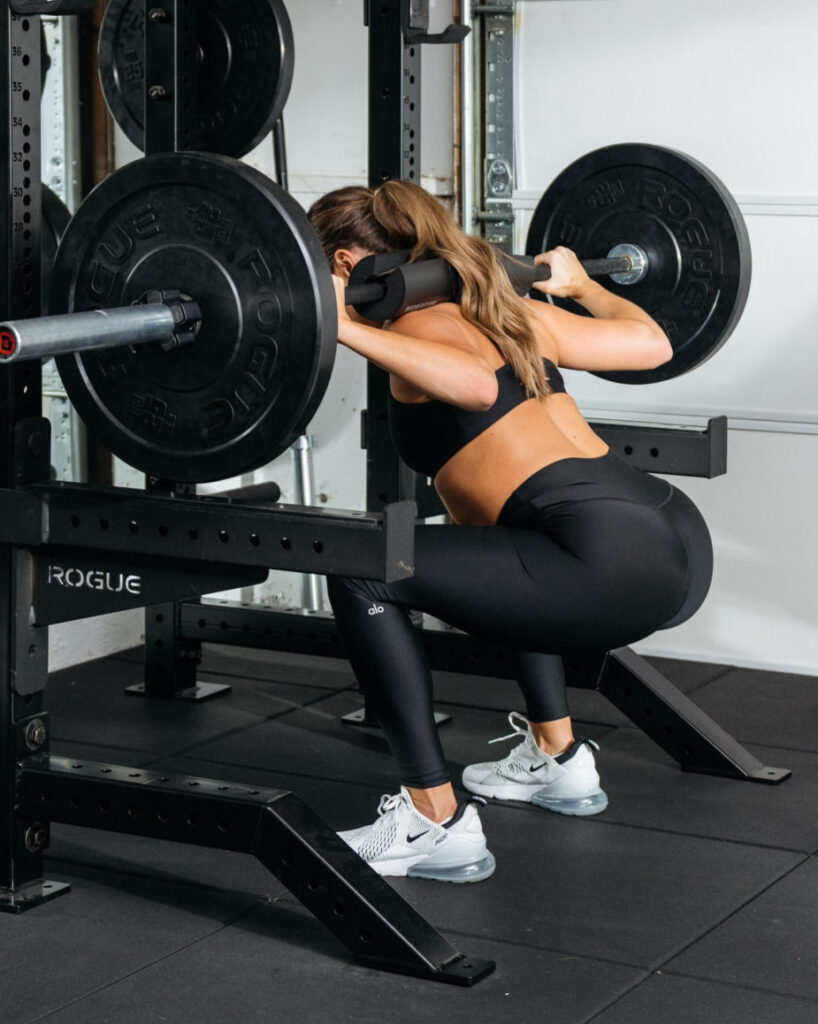
If you’ve been following my workout guides, you’ve probably seen these formats pop up: pyramids, ladders, and AMRAPs. But if you’re new to strength training or just starting to explore different workout styles, understanding these strength training formats can make your routine more effective and fun. I want your workouts to feel good and actually work — and having a solid understanding of the basics is a great place to start.
As a certified personal trainer, these three strength training styles are some of my go-to’s. They help you build strength, challenge your muscles in fresh ways, and keep your workouts interesting. These formats aren’t just for variety — they’re powerful tools to help you apply progressive overload, which is the key to consistently building strength over time and avoiding plateaus (I have a whole post on progressive overload HERE).
While each of these strength training formats has its own style and intensity, I promise they’re super easy to follow once you get the hang of them. Below, I’m breaking down the basics of each — plus sharing examples straight from my GOOD // SWEAT Strength Guide so you can see how they look in action.
1. PYRAMID
Pyramid training is all about progressive loading — starting light and building up. In a Standard Pyramid, you’ll begin with a higher rep count and lighter weight, then increase the weight and decrease the reps each round. This strength training format is especially effective for improving strength and endurance over time.
You’ll move through each exercise back-to-back for one full round. Since the weight increases as you go, be sure to rest a little longer between rounds — usually 1 to 3 minutes — to allow for proper recovery.
There’s also Reverse Pyramid Training, which flips the structure: you start with your heaviest set at lower reps, then decrease the weight and increase the reps each round.
When I include Reverse Pyramid circuits in my guides, I typically start them with bloodflow sets. These are light-weight, warm-up reps to get your muscles ready before going straight into your heaviest round. I highly recommend not skipping these!
Here’s an example of a Standard Pyramid:
In this circuit, you’ll start with a lighter weight for 12 reps each of back squats, then deadlifts, then increase your weight and decrease reps to 10 for the next set, and finish with a heavier weight at the least amount of reps (8) for the third set of each exercise.
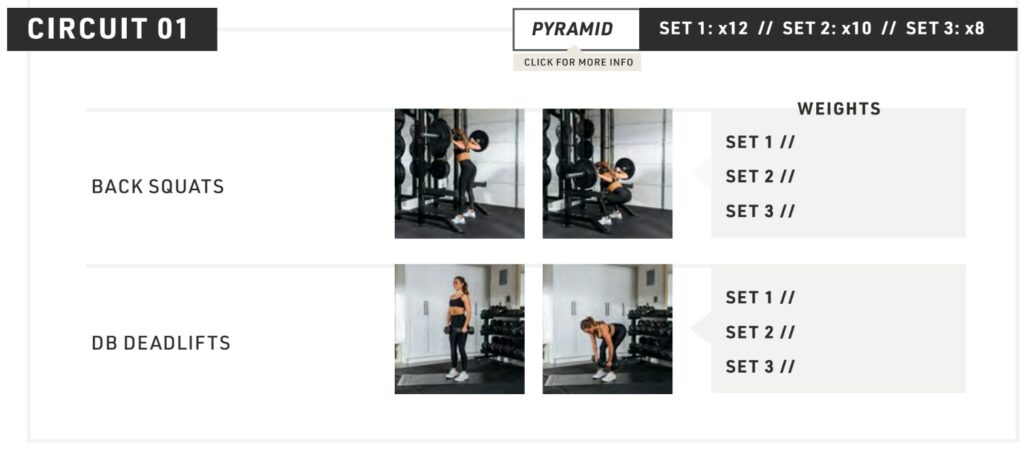
Here’s an example of a Reverse Pyramid:
Set 1 here is intended to be the bloodflow set. Grab a light weight and don’t skip this one! Then you’ll begin set 2 with your heaviest weight for 8 reps, decreasing the weight and increasing the reps to finish out the circuit.
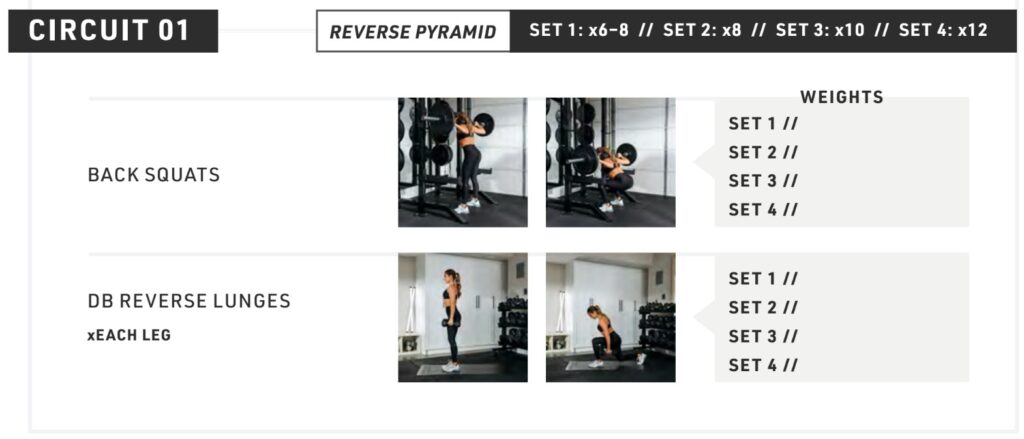
2. LADDER
Ladders are all about repetition progressions. You’ll work your way up, adding one rep each round, then work your way back down.
Let’s say it’s a 1–4, 3–1 ladder — your first round will be 1 rep of each move, second round is 2, third is 3, fourth is 4… then back down to 3, 2, 1. It keeps your body guessing and is a fun way to push your pace while staying focused on form.
Here’s an example of a Ladder workout:
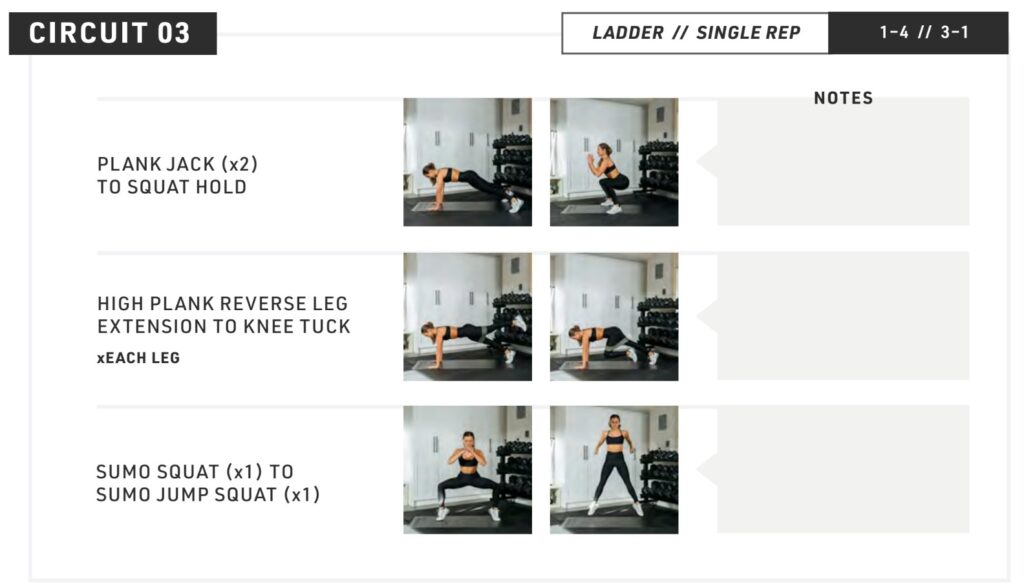
3. AMRAP
AMRAP stands for “As Many Reps (or Rounds) As Possible.” These are timed circuits where your goal is to complete as much work as you can in a set amount of time.
Once you start the timer, cycle through the listed exercises, completing the reps for each, and keep going until time is up. AMRAPs are a great way to build muscular endurance, elevate your heart rate, and stay mentally dialed in.
Try to minimize breaks — this one’s meant to be a challenge!
Here’s an example of an AMRAP circuit:
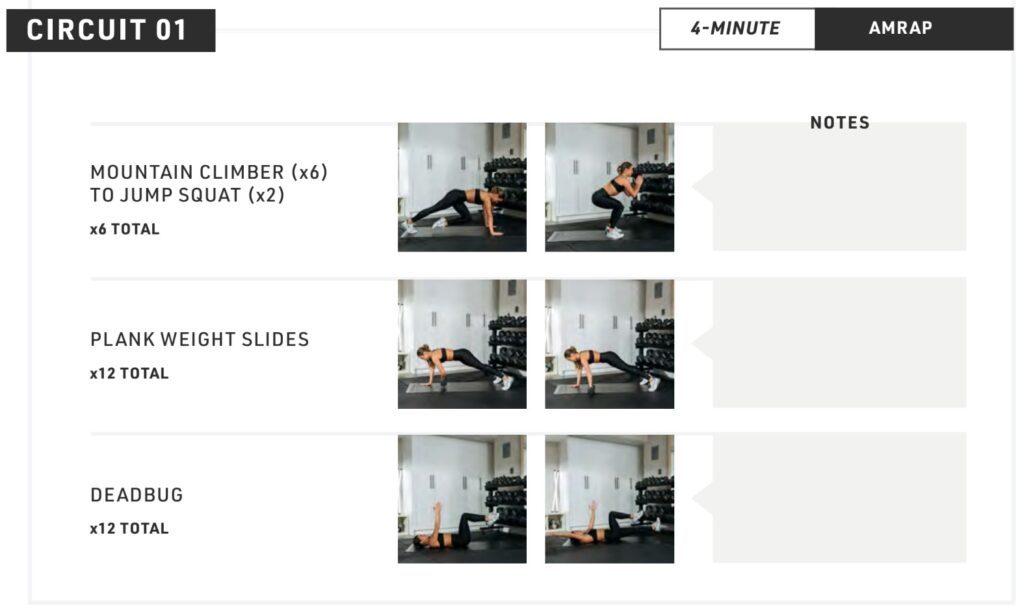
Using These Strength Training Formats in Your Workouts
Whether you’re brand new to strength training or looking to add structure to your workouts, these formats give you a solid foundation to build strength and challenge your body in new ways. You’ll find Pyramids, Ladders, and AMRAPs throughout my GOOD // SWEAT guides — they’re designed to help you feel strong, capable, and consistent in your routine. I hope you found this post helpful! Let me know if you have any questions below.
Find my go-to workout equipment and apparel at Recreation Sweat,
and more helpful fitness content on the Fitness tab of the blog.
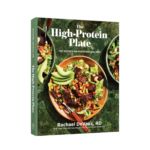
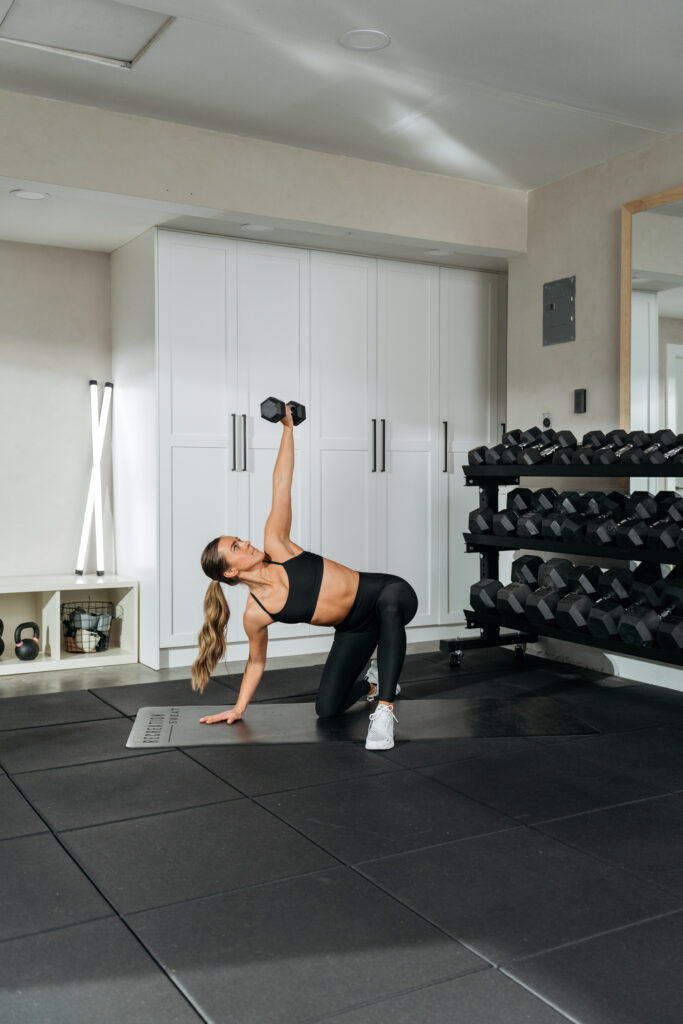
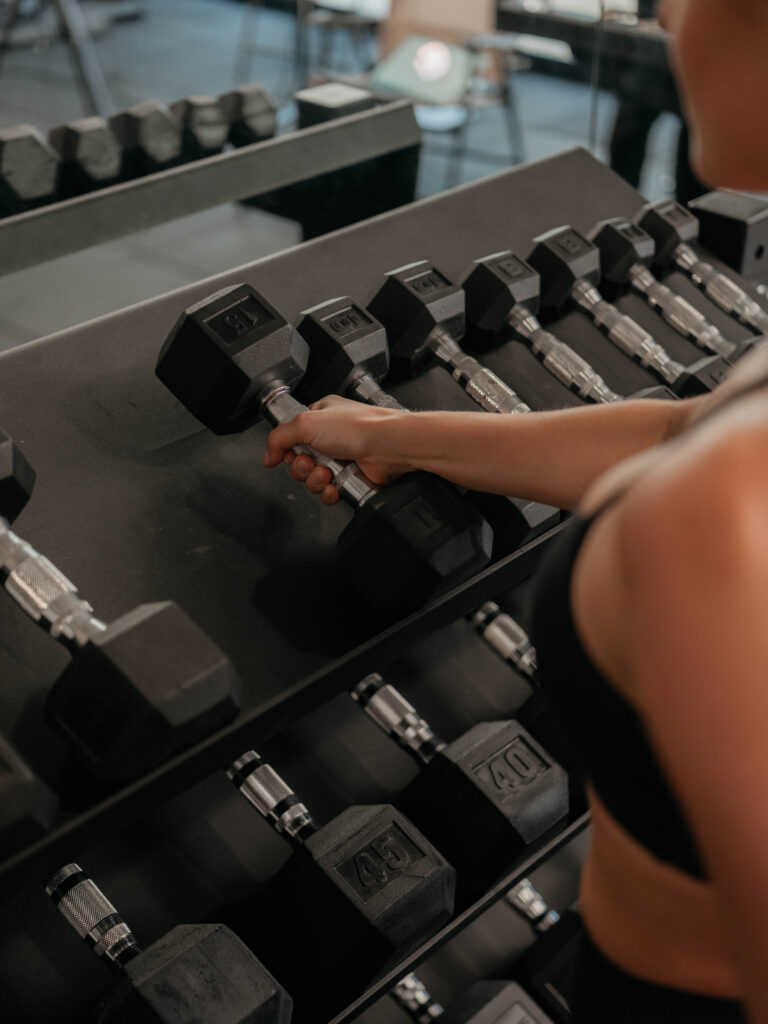

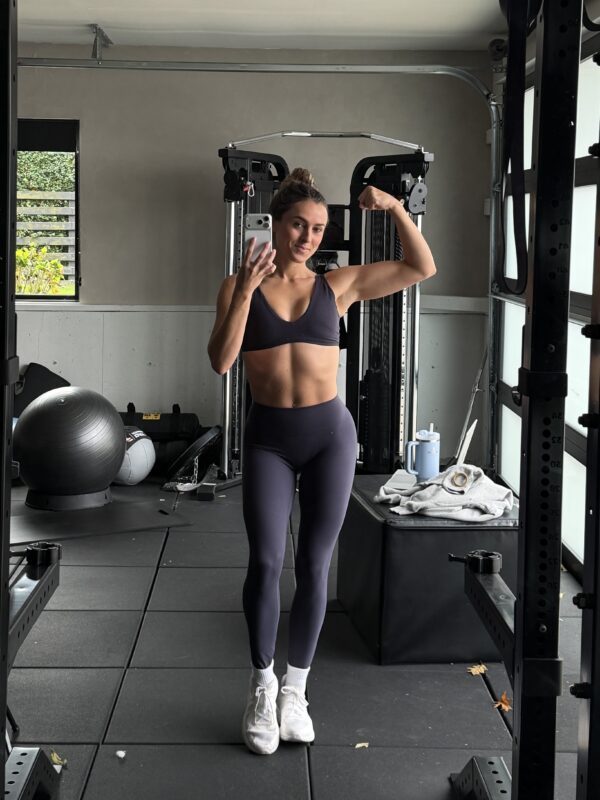
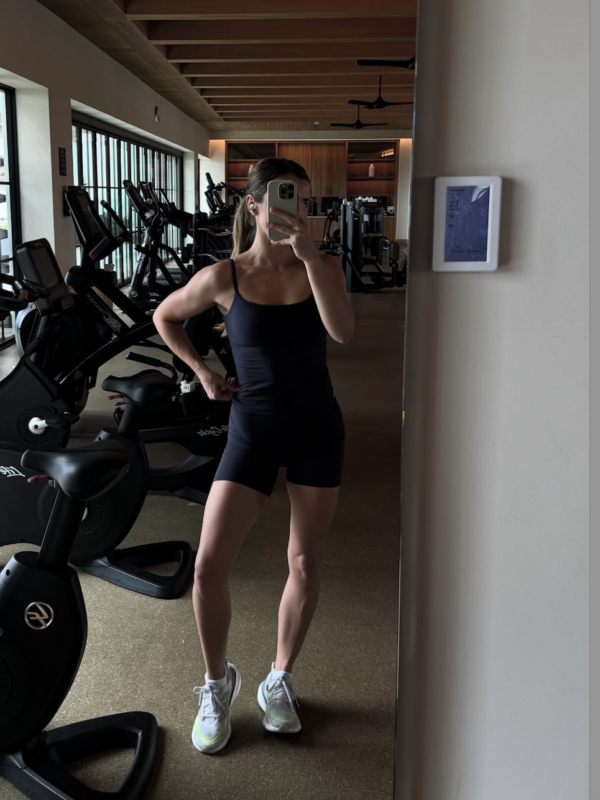
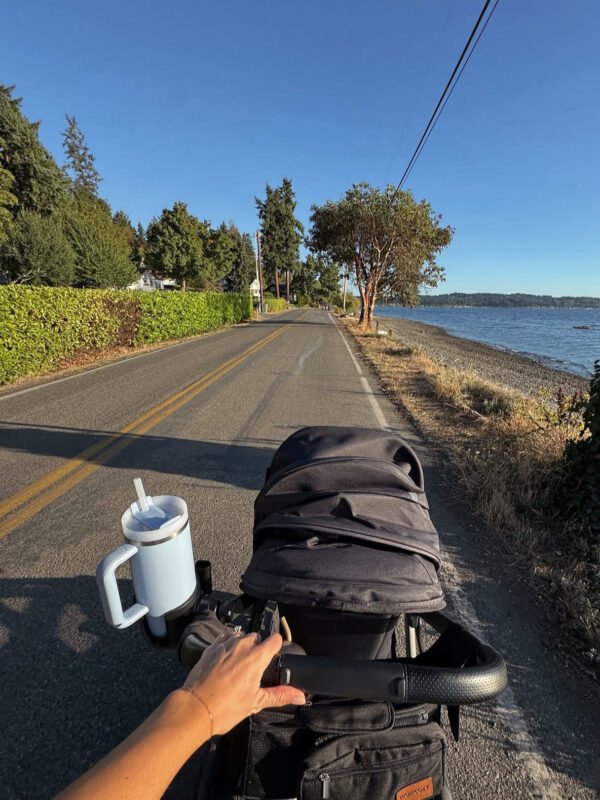
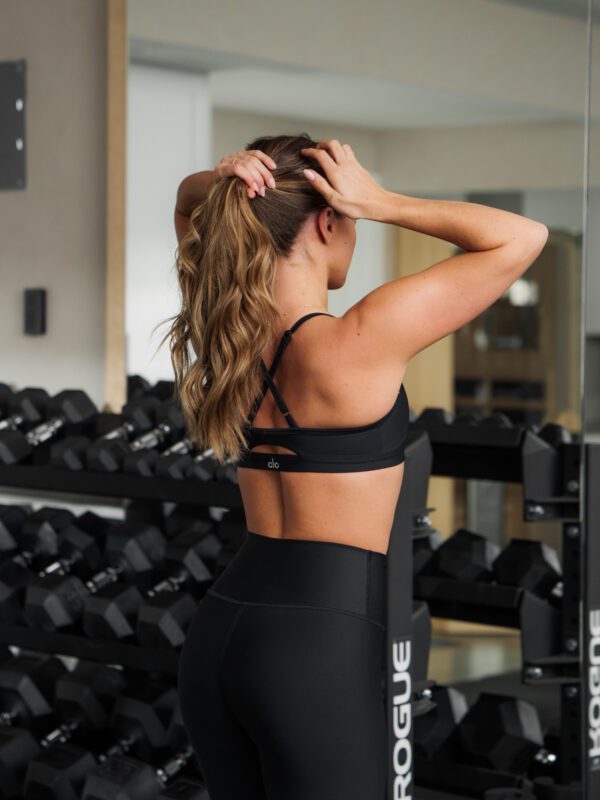









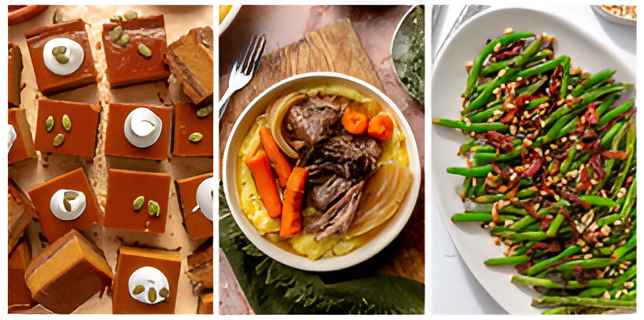
Comments